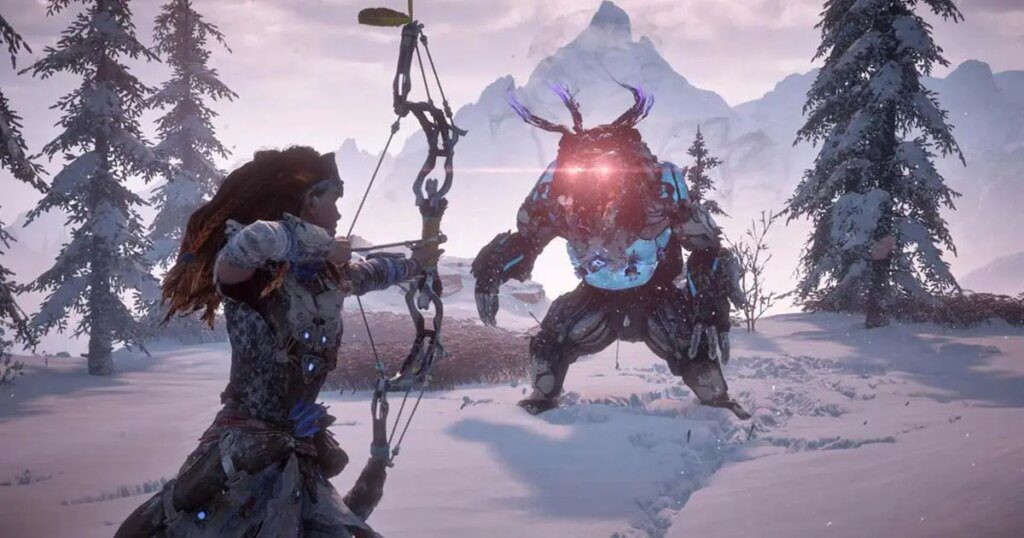2D graphics have been an integral part of game design for decades, from classic arcade games to modern mobile games. Creating high-quality 2D graphics requires a combination of skill, creativity, and technical know-how. The process starts with the concept art stage, where initial ideas for the game’s visuals are developed. This is followed by the production stage, where final 2D graphics are created, characters and environments are animated, and the graphics are integrated into the game through programming and development. The artistry of 2D game graphics is essential to creating immersive, engaging, and visually stunning games.
The Creation of 2D Graphics in Game Design: Techniques and Process Behind the Artistry
Introduction: The Role of 2D Graphics in Game Design
2D graphics have played a critical role in game design since the earliest days of gaming. From classic arcade games like Pac-Man and Space Invaders to modern mobile games like Candy Crush and Angry Birds, 2D graphics provide an engaging and immersive visual experience that draws players into the game world. But creating high-quality 2D graphics for games is no easy task. It requires a great deal of skill, creativity, and technical know-how to design and execute a successful 2D game.
Stage 1: The Concept Art Stage
The first stage in the creation of 2D graphics for games is the concept art stage. This is where the initial ideas for the game’s visuals are developed. In this stage, the game designer will work closely with the art team to develop a detailed concept art that will guide the visual style and direction of the game.
1.1 Brainstorming Ideas
The first step in the concept art stage is brainstorming ideas. This is where the game designer and art team will come up with various ideas for the game’s visual style. This can include concepts for characters, landscapes, environments, and more.
1.2 Sketching the Basic Design
Once the initial ideas have been generated, the art team will begin sketching basic designs. This is where ideas are brought to life on paper, and the artists will start to experiment with different styles, shapes, colors, and designs.
1.3 Creating the Final Concept Art
Once the basic design has been sketched out, the art team will move on to creating the final concept art. This is where the details are added, and the game’s visual style is fully realized. This stage can take a significant amount of time, as the artists work to refine the designs and create a cohesive overall style for the game.
Stage 2: The Production Stage
Once the concept art has been finalized, the art team will move on to the production stage. This is where the final 2D graphics are created for the game. In this stage, precision and attention to detail is key, as the graphics must be of the highest quality to ensure an immersive gaming experience.
2.1 Creating the Character and Environment Art
The first step in the production stage is to create the character and environment art. This is where the individual elements of the game are created, including characters, landscapes, and backgrounds. The art team will use a variety of techniques and tools to create these elements, including digital painting, vector art, and pixel art.
2.2 Animating the Characters and Elements
Once the character and environment art has been created, the next step is to animate the characters and elements. This is where the graphics come to life, and the movements of the characters and objects are timed and polished to create a seamless gaming experience.
2.3 Integration with Programming and Game Development
Finally, once the 2D graphics have been created and animated, they must be integrated into the game through programming and game development. This is where the art team works closely with the development team to ensure that the graphics are properly integrated into the game and work seamlessly with the gameplay.
Conclusion: The Artistry of 2D Game Graphics
Creating high-quality 2D game graphics is no easy task, but it is an essential part of game design. From the initial concept art to the final production stage, the art team works tirelessly to create engaging, immersive, and visually stunning graphics that bring the game world to life. Through a combination of technical skill, creativity, and attention to detail, the artistry of 2D game graphics is truly a marvel of modern gaming.
